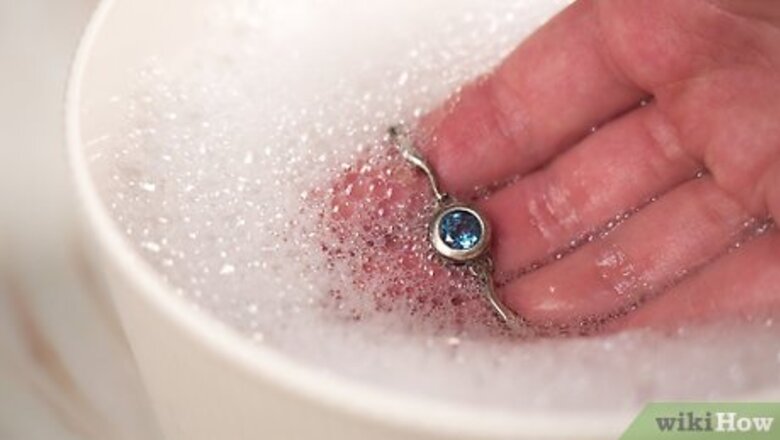
views
Using a Cleanser
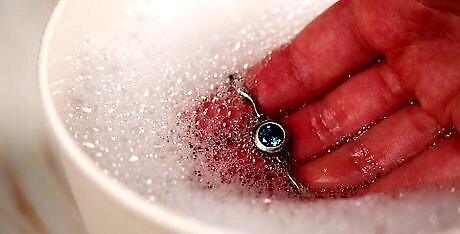
Wash sterling silver with a mild dish washing liquid. Try filling a bowl with warm water and a few drops of mild dish soap. Dip a soft toothbrush into the soapy water, then use it to gently scrub the silver. Rinse the jewelry in a separate bowl of warm water and dry it off with a soft towel or cloth. Be sure to use a mild, ammonia- and phosphate-free dish soap for this. Always try this before other cleaning methods.
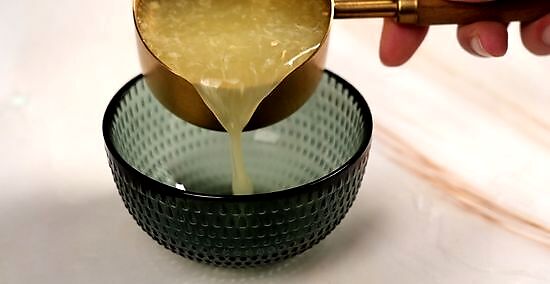
Try a mixture of olive oil and lemon juice. Mix one teaspoon of olive oil with half a cup (120 mL) of lemon juice in a nonreactive bowl. Dip a soft, nonabrasive cloth in the lemon juice solution and polish the silver with the cloth. Rinse the silver with clean water and dry with a clean cloth.
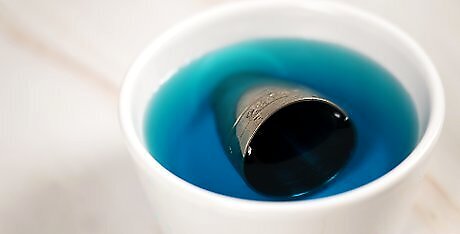
Use commercial silver cleaners with caution. Commercial silver cleaners contain powerful solvents that can have toxic vapors. These cleaners also might require hazardous waste disposal because of the chemicals they contain. Commercial silver cleaners can also damage sterling silver, as they might remove anti-tarnish coatings or patina.
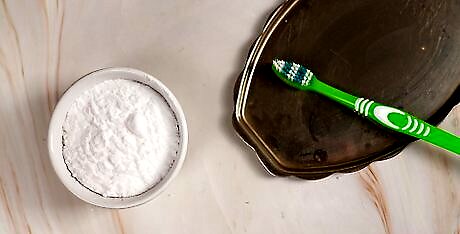
Don’t scrub your silver with baking soda or toothpaste. You should avoid scrubbing sterling silver with baking soda because the baking soda can scratch the surface of the silver. You should also avoid scrubbing sterling silver with toothpaste.
Removing Tarnish
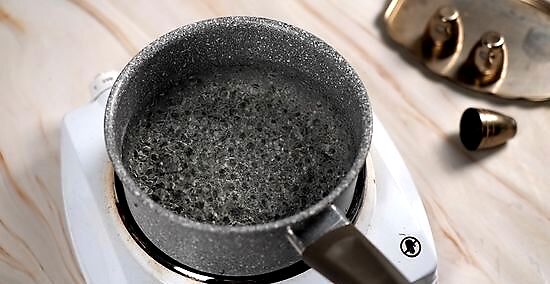
Boil water. Place one cup (240 mL) of water in a saucepan. Bring the water to a boil on the stovetop.

Line a dish or bowl with aluminum foil. To clean sterling silver with baking soda, you will need a bowl or dish that can withstand boiling water, like a glass baking dish or bowl. Tear off a piece of aluminum foil large enough to line the inside of the dish or bowl. Place the foil inside the dish, making sure the bottom and sides are securely covered with foil.
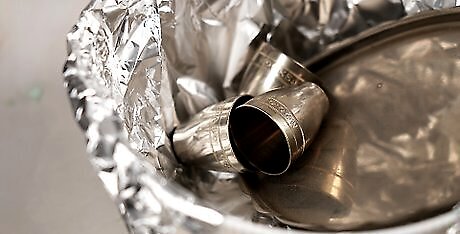
Place the sterling silver on the foil. Once you have lined the dish or bowl with foil, place the sterling silver directly on the foil. The silver must be in contact with the aluminum foil for the chemical reaction that removes the tarnish to occur.
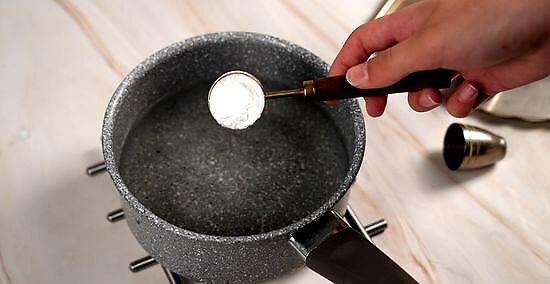
Add baking soda to the boiling water. Once the water is boiling, remove the saucepan from the heat. Add one tablespoon of baking soda to the boiling water. It is normal for the solution to bubble and forth.
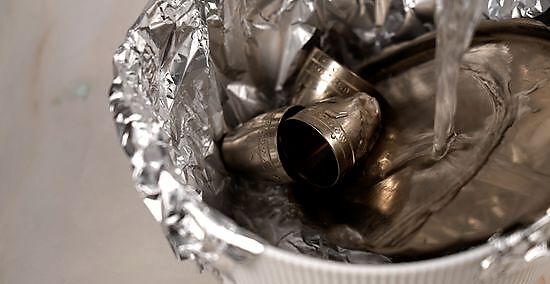
Pour the baking soda solution into the dish. Pour the solution on top of the sterling silver. Make sure the sterling silver is completely submerged in the baking soda solution.

Let the silver soak in the solution for 2-10 minutes. You will need to let the sterling silver soak for several minutes to remove the tarnish. Pieces that are severely tarnished may need to soak for as long as 10 minutes.
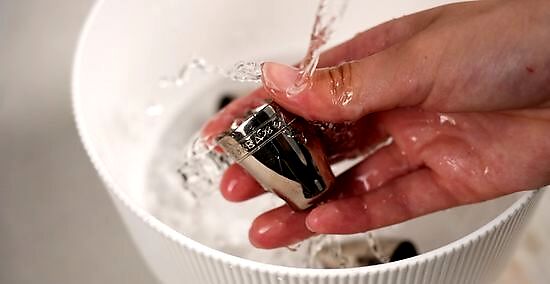
Rinse the sterling silver with cool water. Once you have soaked the silver long enough to remove the tarnish, remove the silver from the baking soda solution. Rinse the jewelry with cool, clean water. If possible, use filtered water.
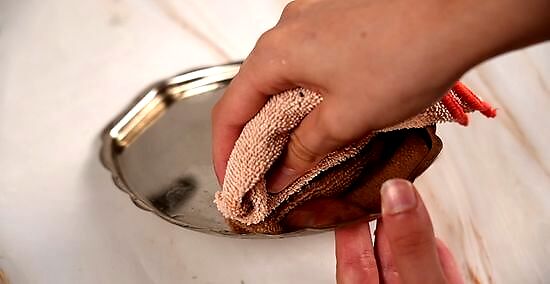
Dry the sterling silver with a soft, nonabrasive cloth. Once you have rinsed the silver, dry it with a cloth made of nonabrasive fabric like microfiber or flannel. Make sure you dry the silver completely with the cloth.
Polishing Sterling Silver
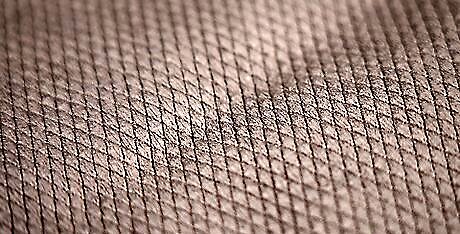
Use a soft, nonabrasive cloth. You don’t need to purchase a special cloth to clean and polish your sterling silver. A soft, lint-free cloth made of a fabric like flannel or microfiber works well. Using a nonabrasive cloth will prevent scratches on your sterling silver. Never use an old t-shirt. Printing and ink on the shirt can damage the silver. Avoid tissues and paper towels, as they can scratch sterling silver.
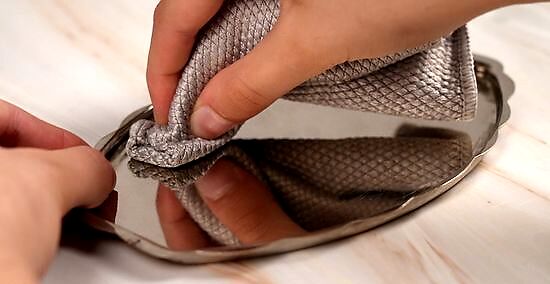
Make long, back and forth strokes. Gently polish the surface of the sterling silver. Make long strokes that go along with the grain of the silver. Avoid rubbing the cloth in circles, which can magnify existing scratches.
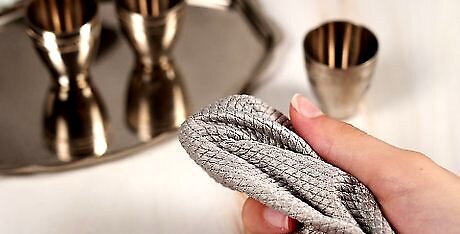
Use clean sections of the cloth. When the area of the cloth you are using to polish the sterling silver turns black, begin using a new section of the cloth. This will ensure you do not place the tarnish you are removing back on the silver.
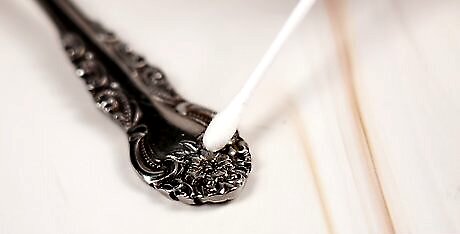
Try a cotton swab for detail. If you find it difficult to reach tiny, detailed areas of the sterling silver, try using a cotton swab. Make sure the swab is one hundred percent cotton, as other materials may scratch or dull your sterling silver.
















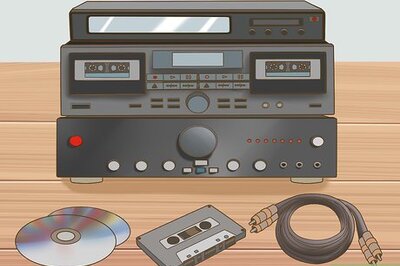



Comments
0 comment